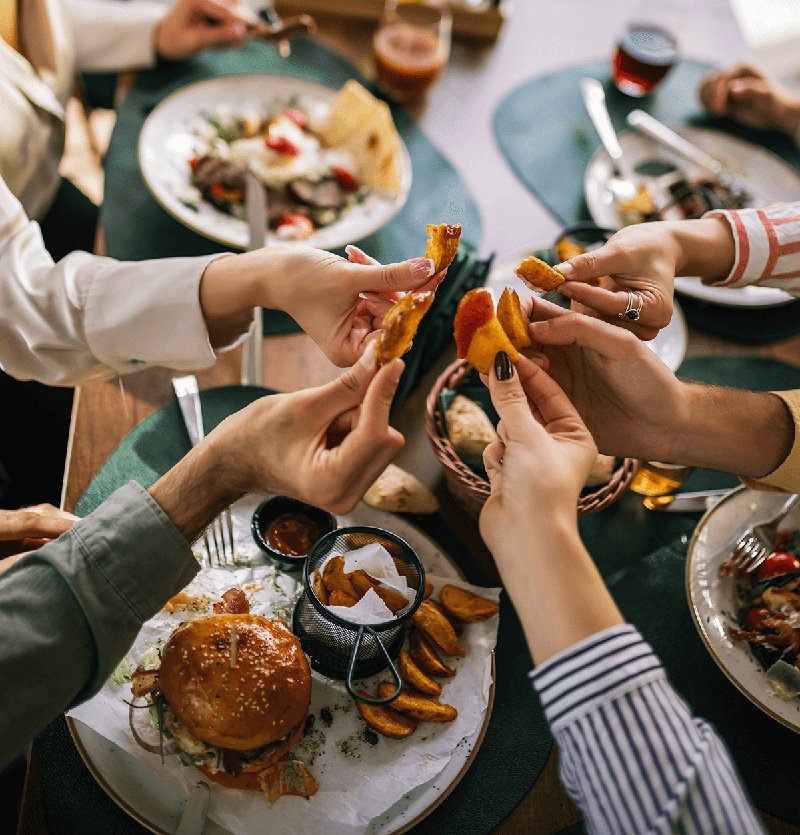Dakanalis, A., Mentzelou, M., Papadopoulou, S. K., Papandreou, D., Spanoudaki, M., Vasios, G. K., Pavlidou, E., Mantzorou, M., y Giaginis, C. (2023). The association of emotional eating with overweight/obesity, depression, anxiety/stress, and dietary patterns: A review of the current clinical evidence. Nutrients, 15(5), 1173.
https://doi.org/10.3390/nu15051173
Evers, C., Adriaanse, M., de Ridder, D., y de Witt Huberts, J. (2013). Good mood food: Positive emotion as a neglected trigger for food intake. Appetite, 68, 1–7.
https://doi.org/10.1016/j.appet.2013.04.007
Fuente González, C. E., Chávez-Servín, J. L., de la Torre-Carbot, K., Ronquillo González, D., Aguilera Barreiro, M. L. Á., y Ojeda Navarro, L. R. (2022). Relationship between emotional eating, consumption of hyperpalatable energy-dense foods, and indicators of nutritional status: A systematic review. Journal of Obesity, 2022, Artículo 4243868.
https://doi.org/10.1155/2022/4243868
Andrew, B., van Tilburg, W. A. P., Igou, E. R., Wisman, A., Donnelly, A. E., y Mulcaire, J. B. (2015). Eaten up by boredom: Consuming food to escape awareness of the bored self. Frontiers in Psychology, 6, Artículo 369.
https://doi.org/10.3389/fpsyg.2015.00369





